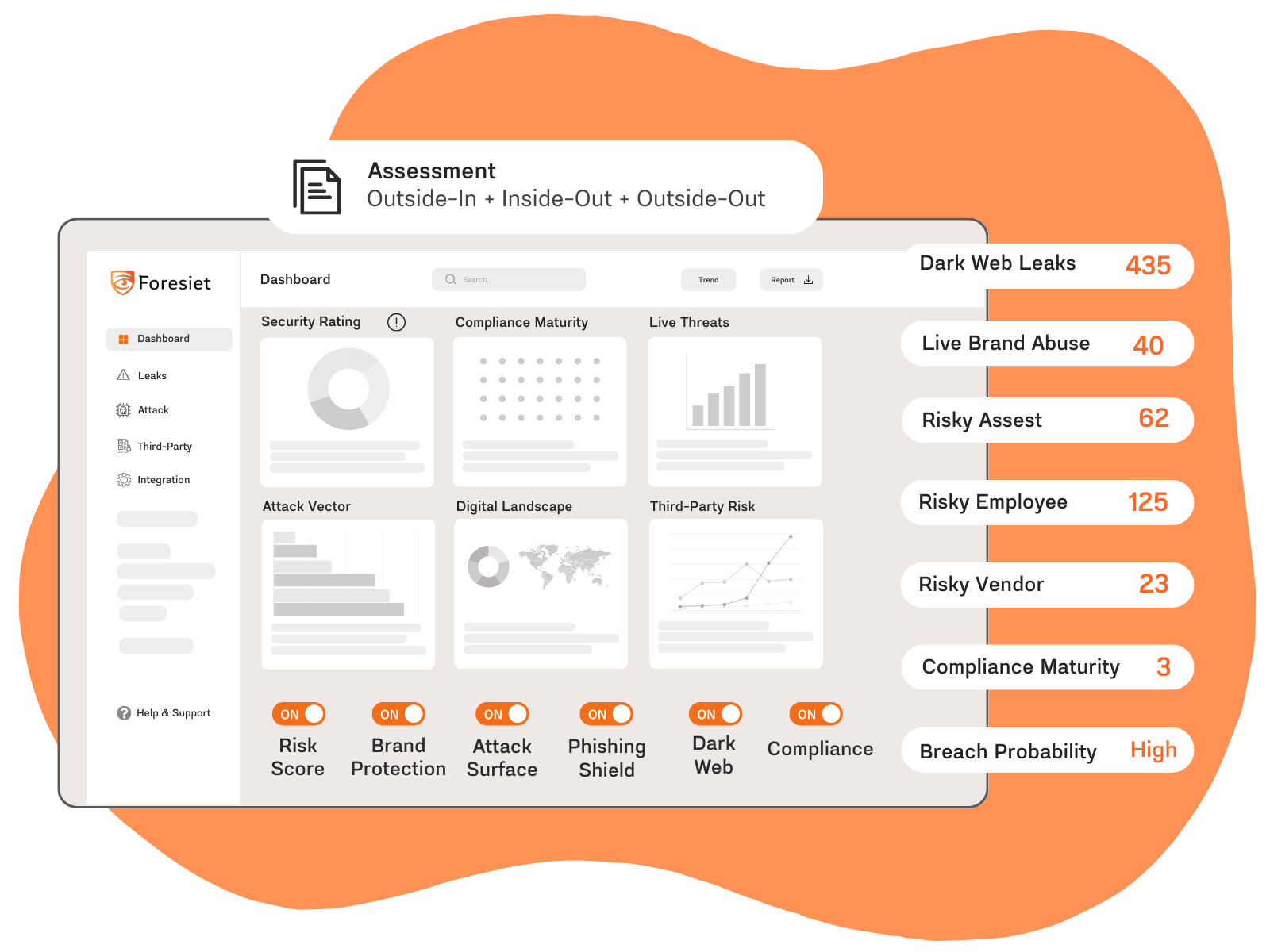ElizaRAT and Beyond: The Evolution of APT36's Malware Arsenal

Introduction
APT36, also known as Transparent Tribe, is a well-known cyber espionage group attributed to Pakistan. Active since 2013, this advanced persistent threat (APT) group has focused its efforts primarily on Indian government sectors, including defense, education, and key infrastructure. APT36 has demonstrated consistent sophistication in their tactics, evolving their methods to target a wide array of platforms and systems. This blog provides an overview of APT36's motives, recent activities, and the tools they use to achieve their cyber espionage objectives.
Key Takeaways
- Long-standing Threat: APT36, or Transparent Tribe, has been active since 2013, targeting Indian government sectors, primarily in defense and education, for cyber espionage purposes.
- Expanding Arsenal: The group has developed and deployed new tools like ElizaRAT and ApoloStealer, enhancing their ability to gather intelligence and exfiltrate sensitive data.
- Cross-Platform Targeting: Recently, APT36 expanded its attacks to include Linux systems, in addition to Windows, utilizing new tactics like Linux desktop entry files to distribute malicious payloads.
- Advanced Deception Tactics: APT36 obscures its activities by using Indian-themed domains, file inflation techniques, and trusted cloud services (e.g., Google Drive, Telegram) to avoid detection and blend with normal network traffic.
- Sophisticated Credential Harvesting and Malware Distribution: Their operations involve credential phishing, custom-built remote access tools (RATs), and trojanized versions of legitimate applications, extending even to Android devices targeting government officials.
- Constantly Evolving Threat: APT36’s advanced and adaptive tactics underscore the need for vigilance and continuous security updates to counteract their persistent espionage campaigns.
APT36’s Motives and Objectives
APT36’s primary motive is cyber espionage, aimed at gathering sensitive information from Indian government and defense sectors. The intelligence collected through their operations could be leveraged for strategic advantages in geopolitical conflicts, particularly in the ongoing tensions between India and Pakistan. By targeting high-stakes institutions, APT36 aims to compromise national security and gain insights into Indian military and political strategies.
Recent Activities and Tools of APT36
ElizaRAT
One of APT36's most notable tools, ElizaRAT, is a Remote Access Tool (RAT) for Windows environments that first appeared in 2023. It has undergone significant evolution, now featuring advanced evasion techniques and improved command-and-control (C2) capabilities. ElizaRAT is typically distributed through malicious Google Drive links and executed via Control Panel (CPL) files, often through phishing attacks. The malware’s variants allow for the deployment of secondary payloads, giving APT36 flexibility in their attack campaigns.
Expanding Malware Arsenal
APT36 recently introduced ApoloStealer, a new malware tool that highlights a more modular approach to payload deployment. This shift suggests that APT36 is focusing on data collection and exfiltration capabilities. The addition of ApoloStealer is a notable expansion of their toolkit, further enabling them to target a diverse range of systems.
Linux Targeting
Expanding their scope, APT36 has started targeting Linux systems by leveraging Linux desktop entry files to distribute malicious payloads. This tactic is relatively new for the group, indicating a broader strategy to compromise different operating systems beyond Windows.
Tactics and Techniques
APT36 employs a range of sophisticated techniques to gather intelligence and avoid detection. Here are some of their primary methods:
Credential Harvesting
Using phishing techniques, APT36 captures login credentials from Indian government officials. These attacks often mimic legitimate government websites, making it easier to deceive targets and obtain sensitive information.
Malware Distribution
APT36 uses custom-built RATs, particularly designed for Windows systems, to gain unauthorized access and exfiltrate data. Their tools are effective in evading detection, and APT36 continues to refine their methods to stay ahead of security measures.
Weaponized Open-Source Command and Control (C2) Frameworks
The group employs open-source C2 frameworks, such as Mythic, to manage compromised systems and execute commands remotely. These frameworks allow APT36 to easily control infected machines while blending in with regular network traffic, making their activities harder to detect.
Trojanized Installers and Android Applications
APT36 is known for distributing trojanized versions of legitimate software, such as the KAVACH multi-factor authentication (MFA) tool used by the Indian government. They also create malicious Android applications to target mobile devices, aiming to gain control over the devices of government officials.
Deceptive Practices and Evasion Techniques
APT36 relies heavily on deception to obscure their identity and avoid detection. They use several key evasion tactics:
- Domain Spoofing: The group registers domains that appear to be associated with Indian entities, making it harder for investigators to trace their origins.
- File Inflation: By artificially inflating file sizes, APT36 evades basic security scans, further reducing the likelihood of early detection.
- Use of Cloud Services: Leveraging platforms like Google Drive, Telegram, and Slack for C2 communication, APT36 blends their malicious traffic with legitimate network traffic, making detection even more challenging.
- Indicators of Compromise (IOCs)
- Continuous monitoring of APT36's infrastructure has revealed recurring domains and IP addresses in their attacks. These often include Indian top-level domains (TLDs), further aiding in their efforts to disguise their activities.
Conclusion
APT36 is a persistent and evolving cyber threat, targeting Indian governmental and defense sectors with increasingly sophisticated methods. Their recent deployment of new malware, including ElizaRAT and ApoloStealer, highlights their commitment to enhancing their espionage capabilities. The group’s deceptive tactics, combined with the use of multiple C2 channels, pose a serious challenge to cybersecurity defenders. Vigilance and the implementation of updated security measures remain crucial in the fight against APT36’s ongoing campaigns.
About us!
Foresiet is the pioneering force in digital security solutions, offering the first integrated Digital Risk Protection SaaS platform. With 24x7x365 dark web monitoring and proactive threat intelligence, Foresiet safeguards against data breaches and intellectual property theft. Our robust suite includes brand protection, takedown services, and supply chain assessment, enhancing your organization's defense mechanisms. Attack surface management is a key component of our approach, ensuring comprehensive protection across all vulnerable points. Compliance is assured through adherence to ISO27001, NIST, GDPR, PCI, SOX, HIPAA, SAMA, CITC, and Third Party regulations. Additionally, our advanced antiphishing shield provides unparalleled protection against malicious emails. Trust Foresiet to empower your organization to navigate the digital landscape securely and confidently.
Protect your brand, reputation, data, and systems with Foresiet's Integrated Digital Risk Platform. 24/7/365 threat monitoring for total peace of mind.


July 10, 2025, 9 a.m.
